8 Regional Rice and Grain-Based Delicacies in the Philippines
Nov 6, 2014 • Amy Besa

Nov 6, 2014 • Amy Besa
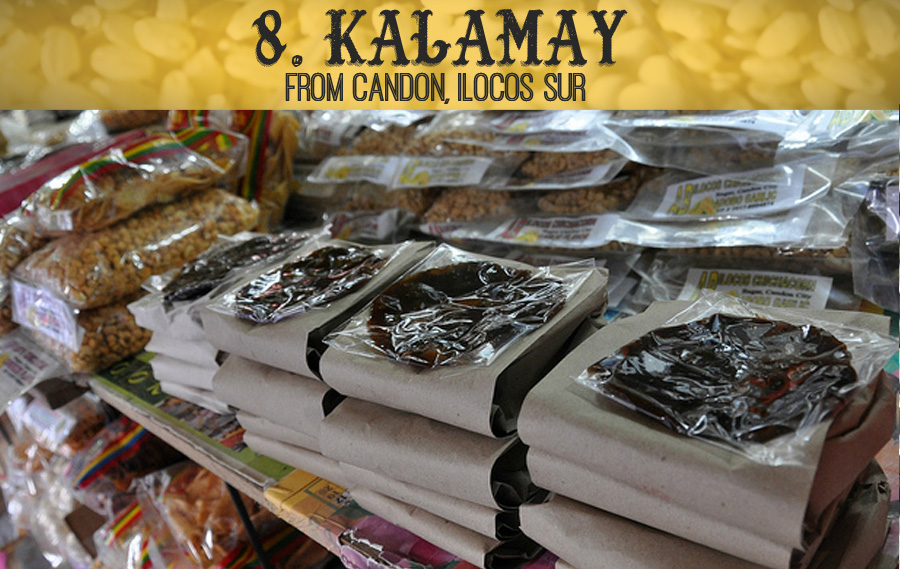

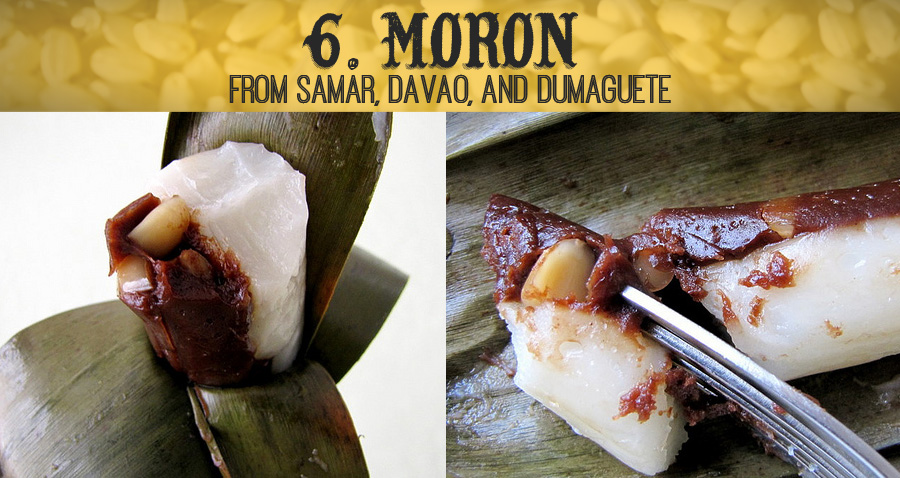
In Dumaguete, they have their own version of incorporating suman and tsokolate in one package called Tres Marias because they put 3 streaks of tsokolate around the suman. Some people call this the Chocolate Budbod from Tanhay.
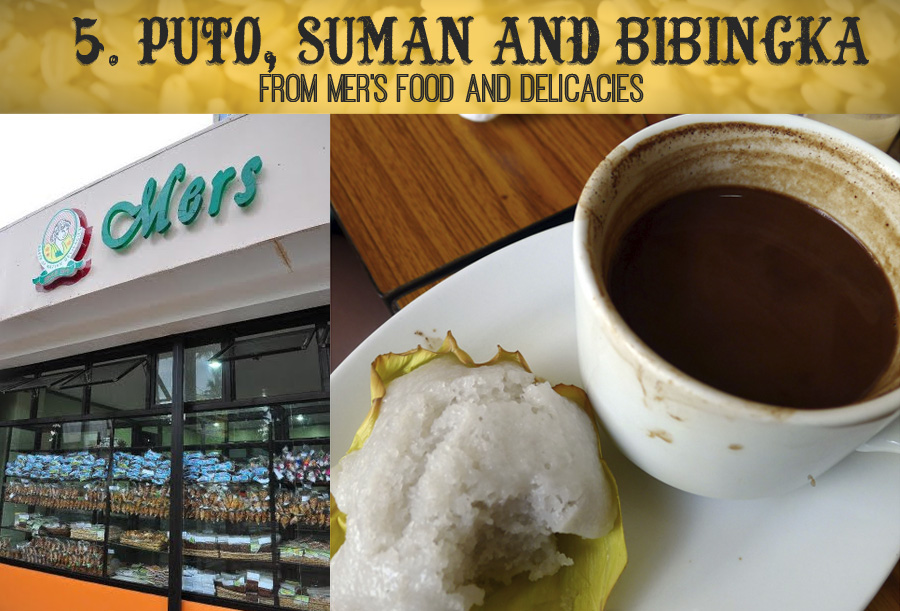
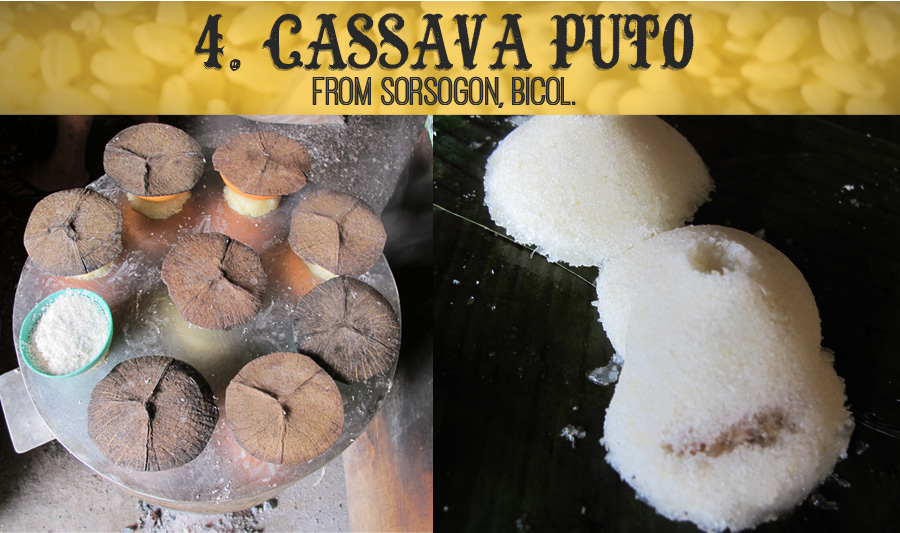
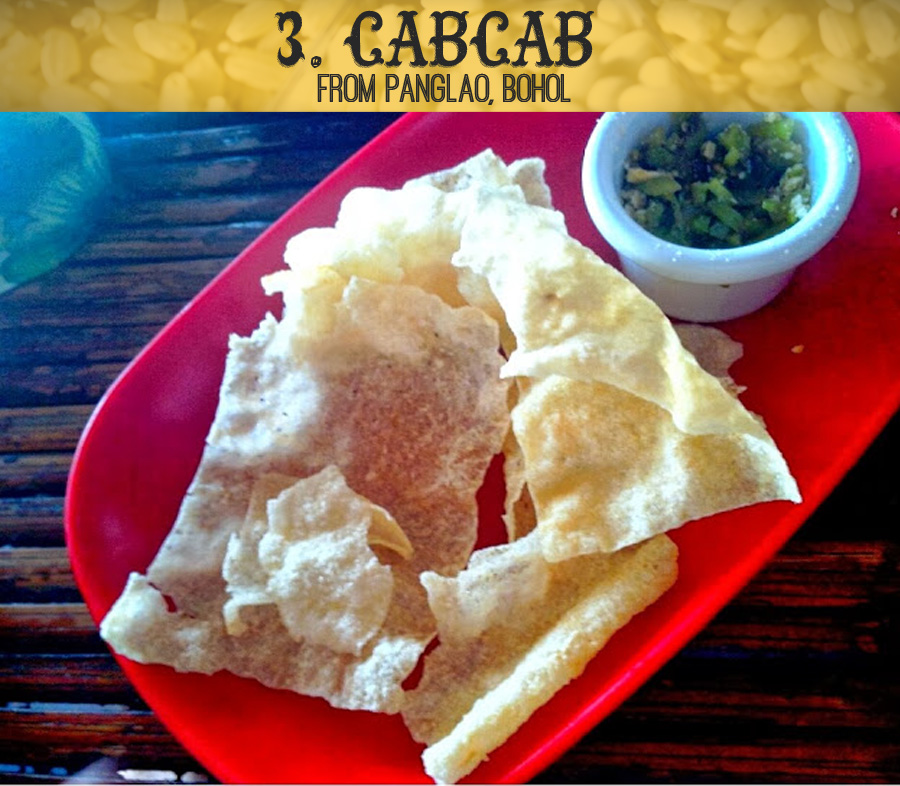

I have found these in Dumaguete and Mandaue in Cebu City. It is suman made out of millet or bird seed (so it is not rice based). It has a buttery and delicate flavor. Since it is one of the most difficult kakanin to make, just go to the local public market stalls to have the budbud and hot tsokolate.
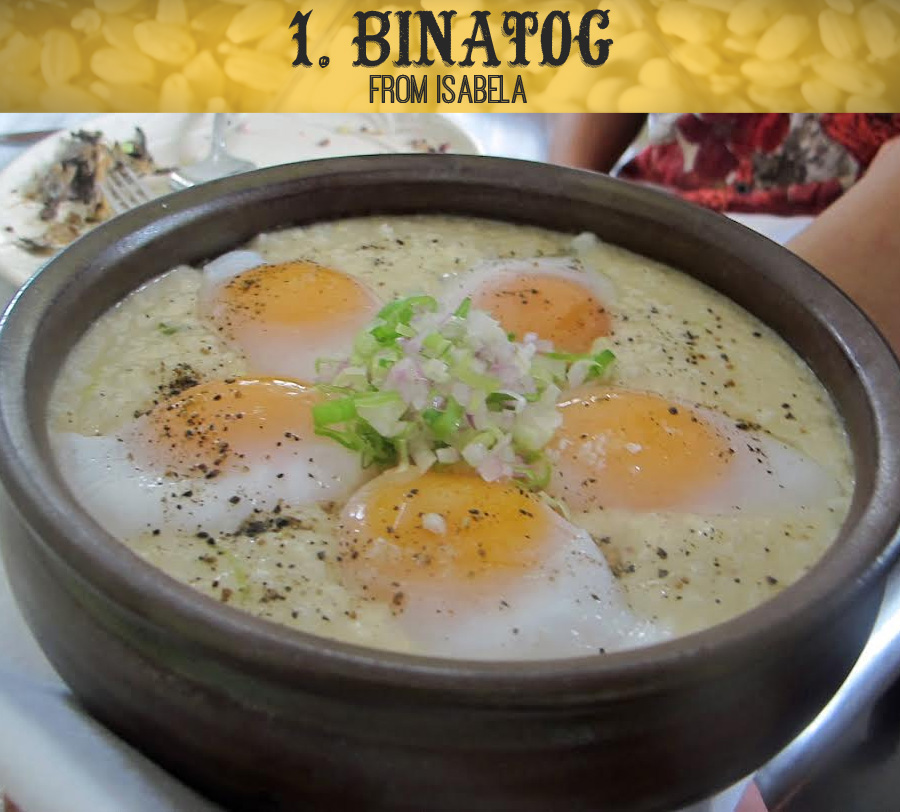
Native glutinous corn kernels that are dried and then milled into corn grits replacing rice in areas where rice is difficult to grow. We all know binatog as a merienda item of boiled sweet corn kernels served in paper cones topped with sugar and grated coconut. In Isabela, however, the corn grits are cooked like “lugaw” as a savory dish topped with organic poached duck egg, chopped scallions and shallots.
What other Pinoy treats should everyone experience? Share them with us in the Comments Section below!
Input your search keywords and press Enter.
